Help us reach 800 CPL blog subscribers!
/ Patricia Neal
Photo Credit: Craig Neal
You might notice something different about us—we have updated our brand, website and blog. We are excited to share our new name, CPL, too.
With the beautiful new blog format, however, we lost our list of subscribers. As our valued readers, we need your help to build our list. Help us reach 800 by June 1, 2017!
Use the Subscribe box to the below then follow instructions to verify. We don't want you to miss a post! Many thanks! Do you know someone who would enjoy the blog? Feel free to forward it to them.
Today we joined for our 97th Essential Conversation. This past week’s Essential Conversation was heavy, tearful, difficult, and necessary. This conversation continues a powerful sensing into the horrors of war and the heart it takes to find ways to heal.
Today marked our 98th Essential Conversations. We invited back our conversation starters from last week Tatiana Riabokin, DC and Katherine Curran to share more reflections. We gathered for the Hearth to slow down and go deeper into our conversation on the Ukrainian Crisis. We hold the people of Ukraine and all the refugees in our hearts today.
Today we joined for our 97th Essential Conversation. This past week’s Essential Conversation was heavy, tearful, difficult, and necessary. This conversation continues a powerful sensing into the horrors of war and the heart it takes to find ways to heal.
Today we joined for our 95th Essential Conversation. Following last weeks conversation we welcome back our guest conversation starter from Rwanda; Jeremy Solomons. Today we took time to breathe, reflect, slow down and dive deeper into our conversations.
As we reach the end of the current month highlighting Black History and Futures, we are met with a time of uncertainty and fear surrounding the growing turmoil between Russian and Ukrainian borders. For this reason we began this 94th Essential Conversation with “This Joy” by The Resistance Revival Choir, a reminder that joy is an act of resistance against the pain, hatred, and inhumanity we find plaguing our world. Upon convening, we examined as a group, “How do you bring peace, joy, and love in the midst of ongoing disruption?” The responses included small acts of personal preservation such as going outside, meditation and prayer, or receiving a hug.
Designing “ultimate virtual dinner party”... What would be your recipe? People are hungering for “courageous conversations.” Imagine a great dinner party: What questions would you create and people would you invite?
What if the questions are uncomfortable? What questions would you ask a family member and/or best friend that may be different verses meeting someone for the first time?
Why a dinner party? What better way to plan a great conversation. Why today? What better day to talk about purpose than on Valentine’s Day, the day of love! Anthony Douglas Williams reminds us, “Our purpose is simple… to love; to love each other, to love all life, and to love our Earth.” But let’s not stop there.
In the discussion we heard from several graduates of the Mastering Convening course about how their journey with The Art of Convening has shaped their work, life, and mindset. Their insight was both personal and profound, opening the conversation for small group discussions with the question, “What have you heard that resonated with you as a leader? In your life and/ or work.” The responses remind us of the power of the convening wheel which allow us to look inwards, practice living out love, authenticity, and looking for the good. When we give permission to ourselves we are able to see the same in others.
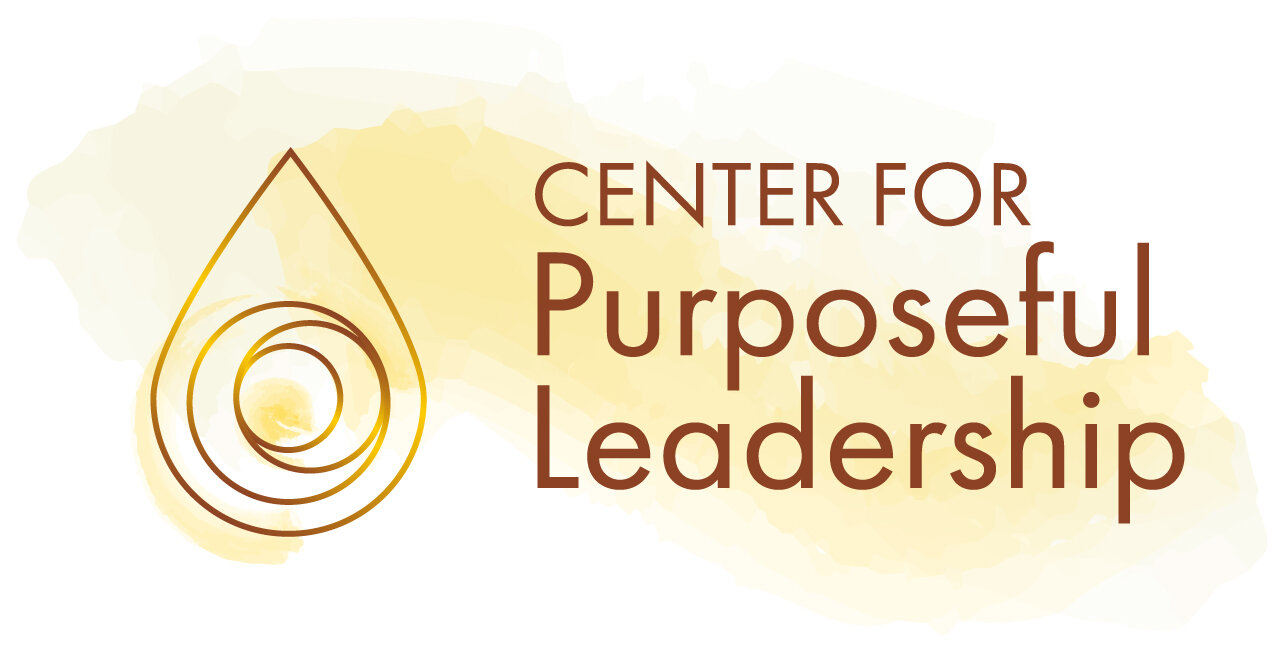


![[Hearth] Voices from Ukraine: Part 2](https://images.squarespace-cdn.com/content/v1/58a4e3be9de4bb98b066fd6f/1647955546471-VUGA4FCGFEUYJ29TEQVA/sunforest-mix-sunflower-types-1586794598.jpeg)

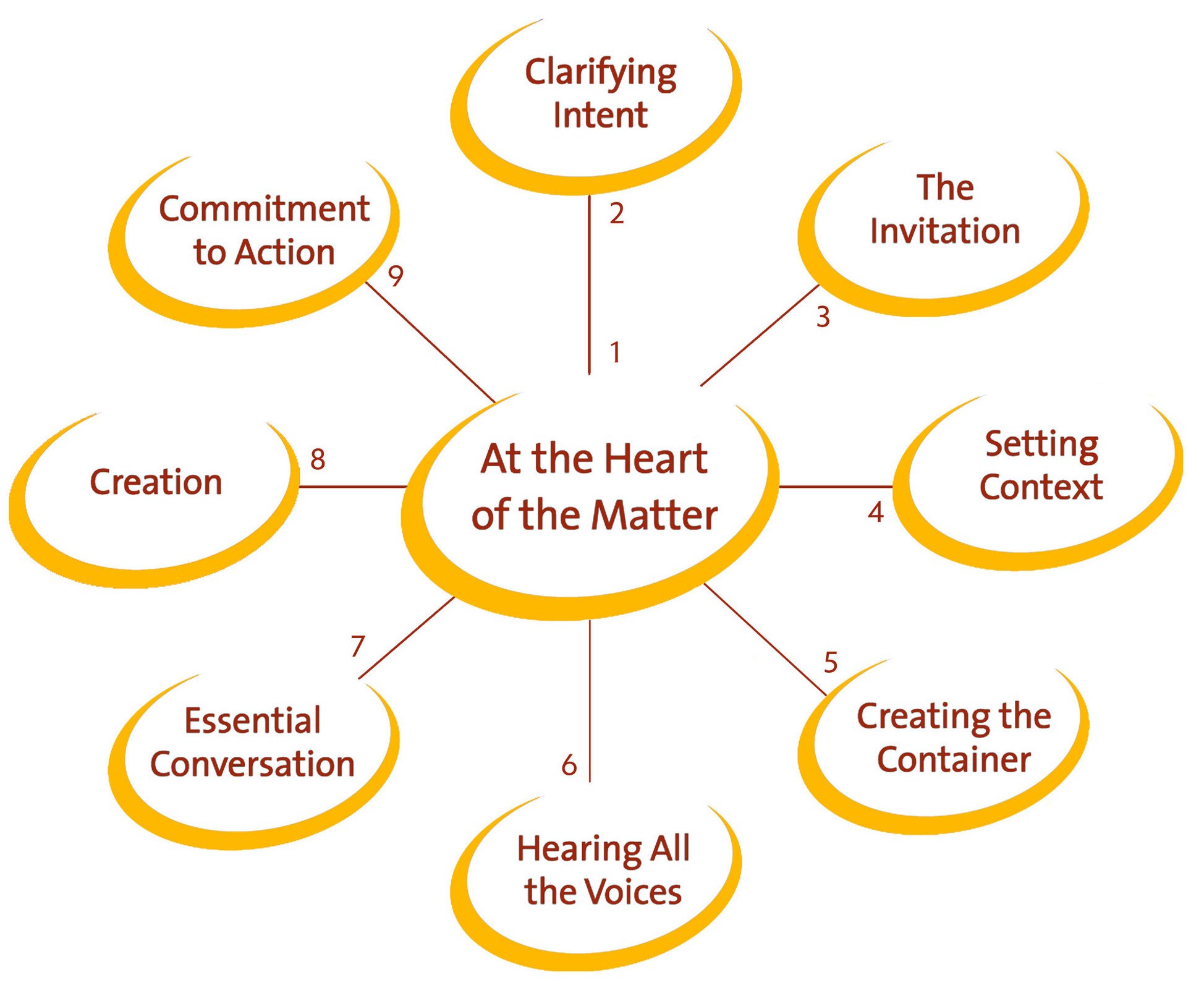

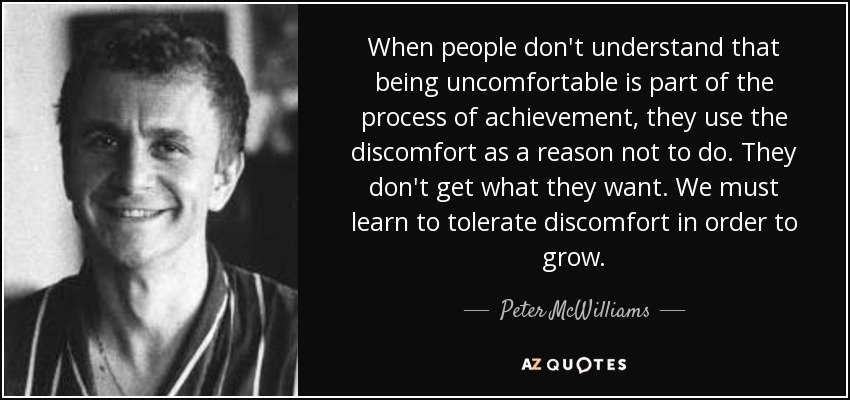











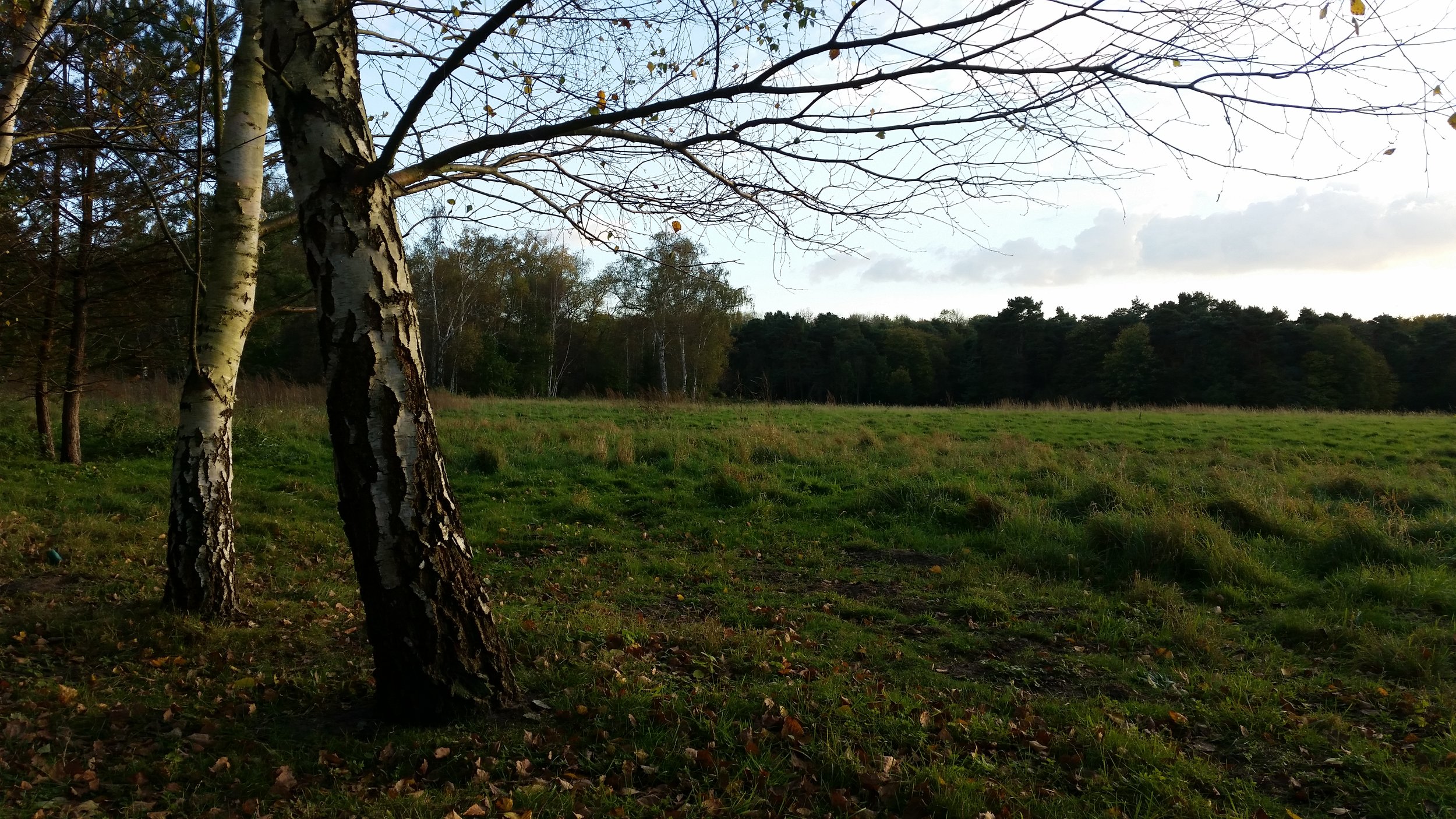
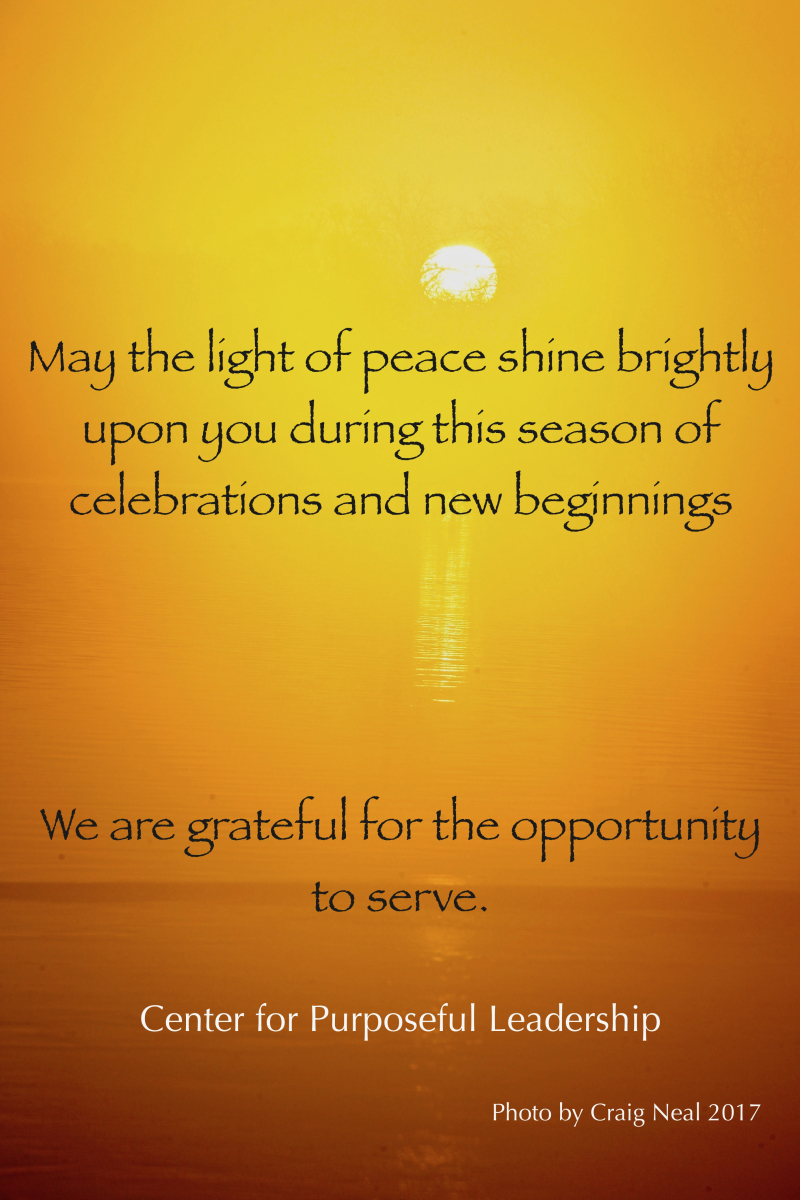






















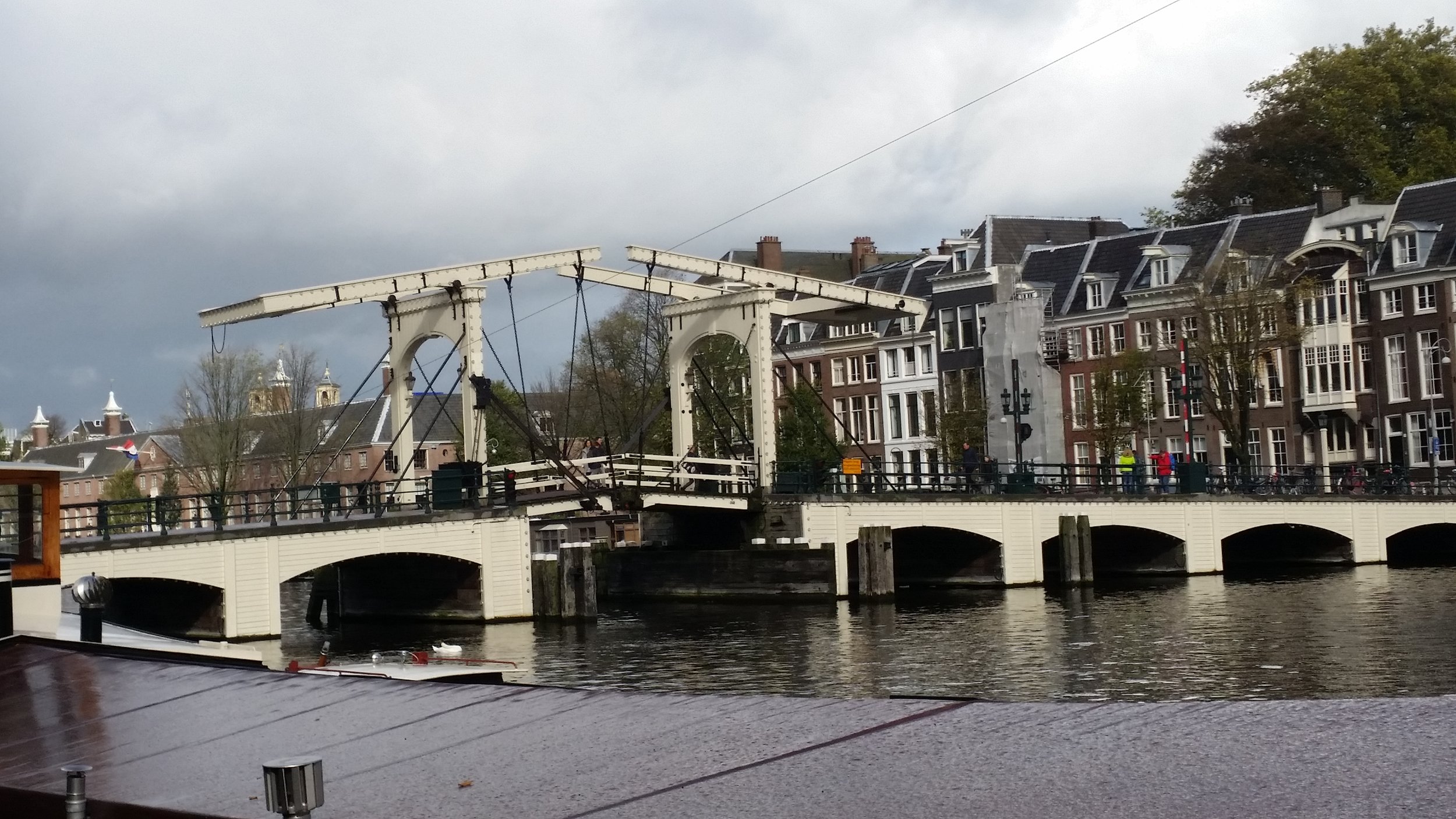



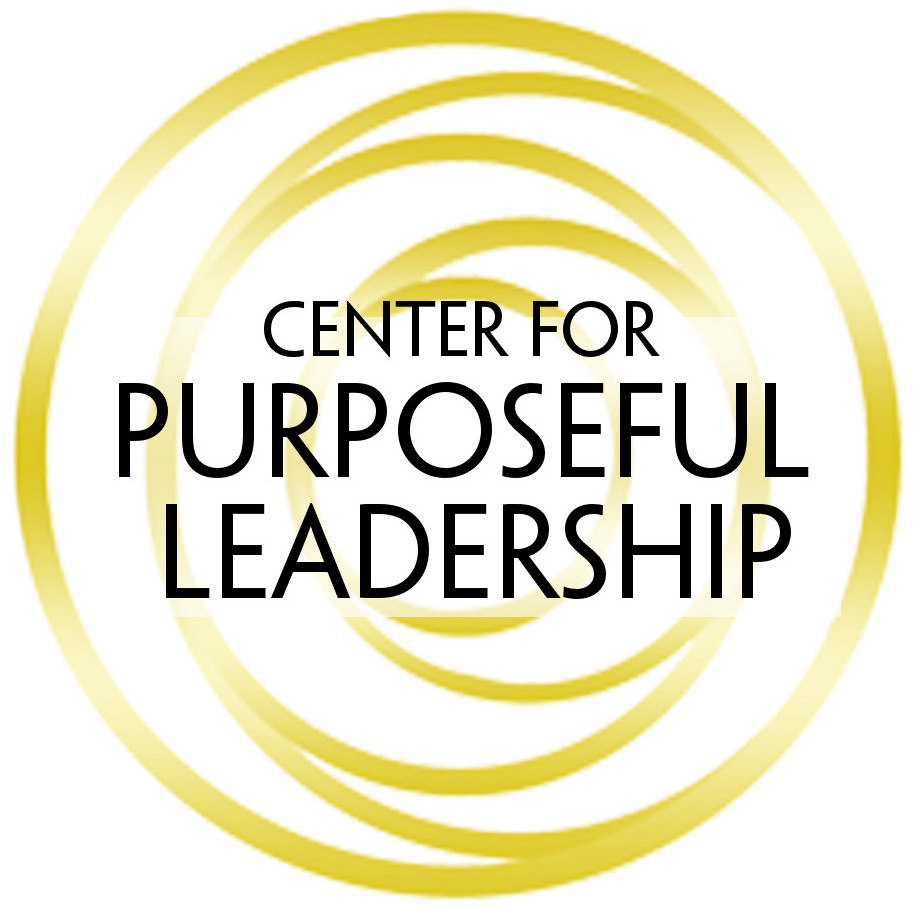











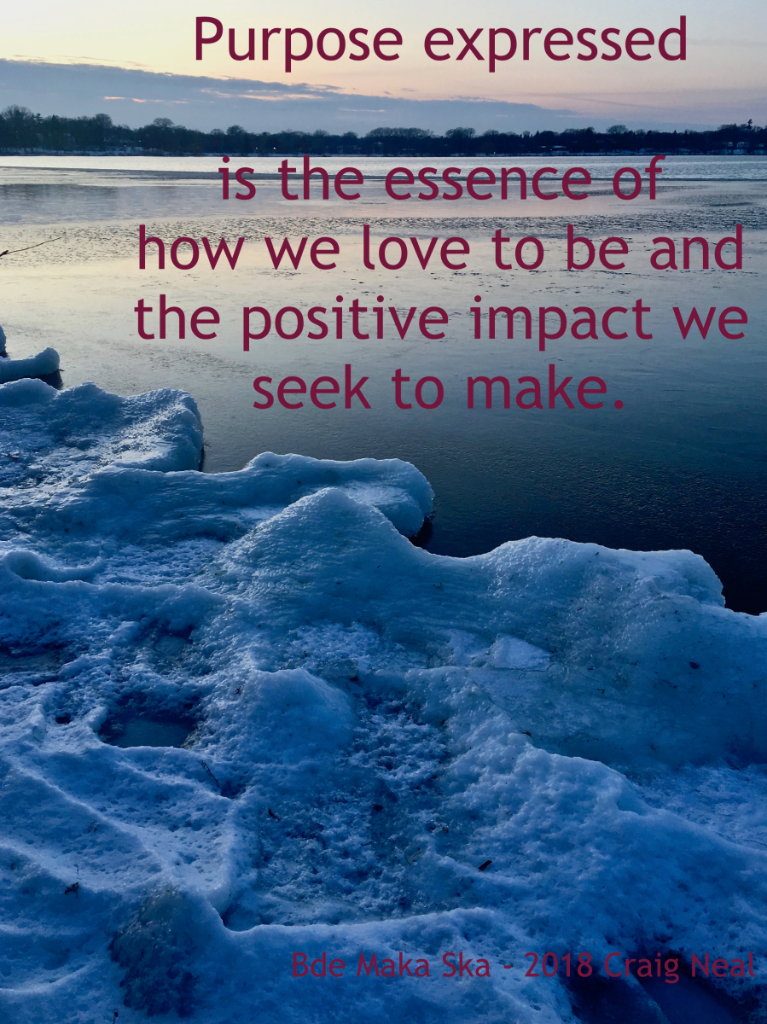
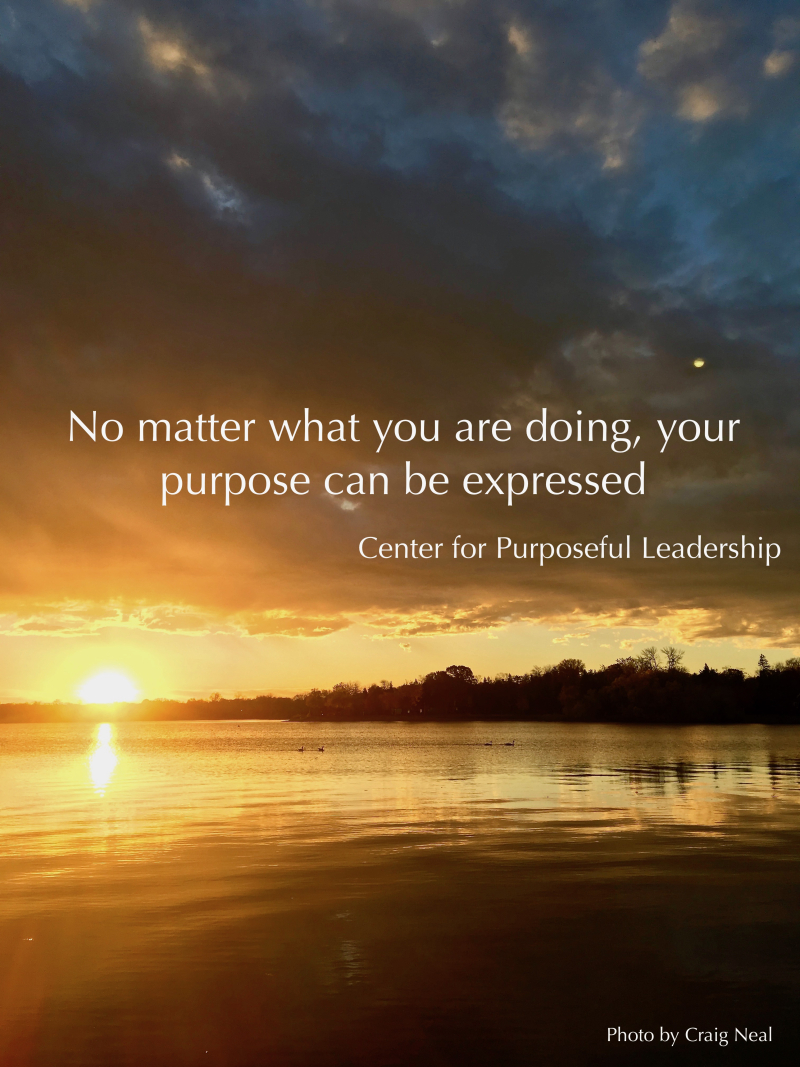


































NEW!! Art of Convening Self-Paced Leadership Course
Ignite Your Purpose Through the Power of Convening